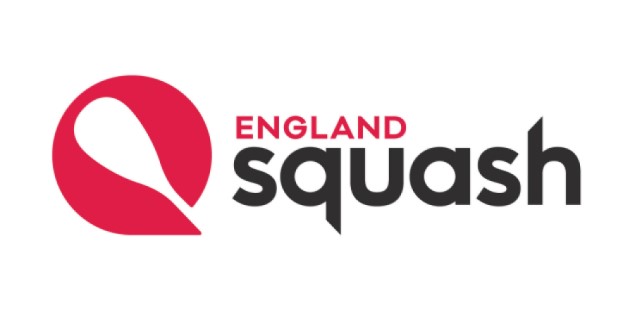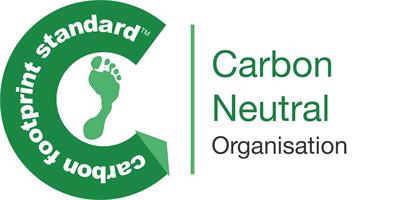Quick guide to building your club’s brand
What is branding?
Branding is the process of creating a strong, positive perception of a company, its products or services in the customer's mind by combining such elements as logo, design, mission statement, and a consistent theme throughout all marketing communications.
It all starts with establishing what that consistency is going to look like and the feeling you want it to evoke.
Building your own brand boils down to six steps:
Step 1: Research your target audience and competitors
Before you can make any decisions about your brand, understanding your target audience (potential customers) and current competitors is the first and most important task in building a brand.
As you go about your research, make a note of:
- Who your “lowest hanging fruit” customers are —i.e. the ones you could most easily sell to. Look at your existing membership data to get an idea. Is your membership base made up different audiences e.g over 40s and juniors? Consider if these audiences are who you want to continue to attract or if you might seek to engage another audience group e.g students?
- Who your top-of-mind competitors are — i.e the local clubs or other sports and activities that are established and known in your area.
- How your members speak and what they talk about — the interests they have and the language they express them in.
Step 2: Create your brand mission
Every company, whether large or small should have a mission. What does your brand stand for? What are you trying to achieve? Your brand mission will help your audience understand the purpose of your brand and what it aims to accomplish.
For example, England Squash’s mission is: To create a thriving squash community by redefining and enhancing the squash experience for players, coaches, officials and volunteers, that enables us to sustain the sport, maximise revenue potential and develop world leading teams and individuals.
Why did you create your club? Answering this will help you build your mission statement, which defines your purpose and passion as a club.
Further reading: Defining your brand mission
Step 3: Define your unique values, qualities, and benefits
What’s one thing that your business has that no one else can mimic legally? Your brand.
Because of that, you must ensure that your brand is comprised of and inspired by elements that are solely yours: the values, benefits, and qualities that make your company unique.
Take a moment to jot down a list of what sets your business apart from others. We’re not talking about product features (like appearance, components, or capabilities); but referring to how your club improves lives and what its distinct benefits are.
Step 4: Create your brand personality
Your brand can’t be everything to everyone. Imagine your brand as a person. What would he or she be like? What kind of personality would your customers be attracted to? What words would you associate with your brand?
Why not ask your target audience / current members? You could ping out a quick survey to members and ask them; ‘If our club was a person, what words would best describe him/her?’
Your brand personality will help inform your voice on social media and the tone of all your creative, both visual and written.
Step 5: Create your brand’s visual identity
At this point, you should understand your target audience, your mission statement, and the unique qualities that make up your club.
Your visual identity comprises your logo, imagery, typography, colours, and creative design. Your visual identity is a customer’s first encounter with your brand, so it must create the right impression.
The look of your brand should be based on:
- Your target audience
- Your brand’s mission
- Your brand’s personality
- Your unique values and qualities
Logo: a logo is the face of your company and could potentially be everywhere that your brand exists. Ideally, you’ll want a logo that’s unique, identifiable, and scalable to work at all sizes. Consider all the places where your brand’s logo needs to exist including:
- Squash posters and flyers, club signage and decor
- Team kits and saleable merchandise
- Club stationery like business cards, letterheads
- Smaller promotional items such as pens, water bottles and key-rings
Typography: beyond what the words say, the scale, font and arrangement of your text impact your visual identity.
Colours: they don’t just define the look of your brand, they also convey the feeling you want to communicate and help you make it consistent across everything you do.
Further reading: How to define your visual identity
Step 6: Create your brand voice
Your brand voice is the style in which your brand speaks to your audience. The voice you use to communicate says a lot about your brand. Some brands take on a very authoritative and professional voice, while others tend to be more playful or humorous. Your brand voice should reflect your brand personality, your audience and the way you want your brand to be perceived.
Further reading: What is brand voice and why does it matter?
Put your branding to work
Once you finish designing and creating your new brand (or rebrand), integrate it throughout every inch of your club – digitally and at the venue itself. Pay extra attention to ensure it’s displayed anywhere your club interacts with your target audience (players). Here are some tips for applying your brand:
Website: splash your logo, colour palette, and typography across your website. Your website is a major part of your company identity - if it doesn’t reflect your brand, it will only provide a jarring customer experience. Also, be sure that all text and calls-to-action reflect your brand voice.
Social media: all profile photos, cover photos, and branded imagery should reflect your brand. Consider putting your logo as your profile photo — this will make it easier for customers to recognise your club. As with your website, be sure all profile information, posts, and captions reflect your brand voice.
Evolve your brand as you grow
Building a brand doesn’t stop with creating a logo. Your brand needs to exist and remain consistent wherever your customers interact with you, from the theme you choose for your website to the posters you put up at your club.














 Back
Back





